Aeʻo and Art in Hawaiʻi
Students at Chiefess Kamakahelei Middle School in Hawaiʻi learned about some of Hawaiʻi’s native birds, including the endangered aeʻo, while creating beautiful art that depicted them.
Learn More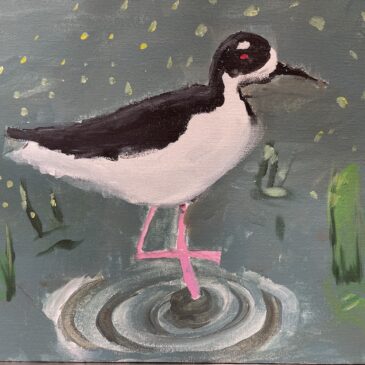
Students at Chiefess Kamakahelei Middle School in Hawaiʻi learned about some of Hawaiʻi’s native birds, including the endangered aeʻo, while creating beautiful art that depicted them.
Learn More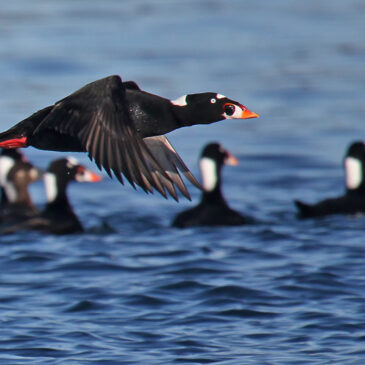
Sea ducks are a unique group of waterfowl that inhabit arctic, subarctic, boreal, and coastal habitats. A new tool, the Sea Duck Key Habitat Sites Atlas, can help inform conservation partners about where conservation actions are most needed.
Learn More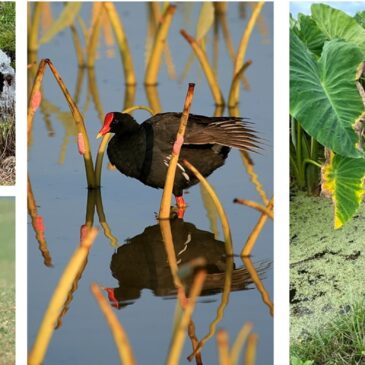
Infrastructure improvements being made at Hanalei National Wildlife Refuge are improving water quality and habitat for Hawaiʻi’s endemic waterbirds, such as the ʻAlae keʻoke ʻo or Hawaiian Coot and ʻAlae ʻula or Hawaiian Gallinule.
Learn More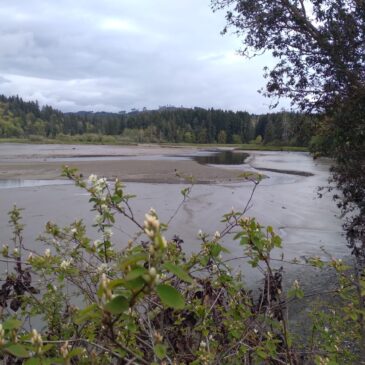
Congratulations to the 2022 Partnership Grant awardees! Eight organizations, and many associated partners, will help advance conservation with coordination, planning, and outreach and communications projects.
Learn More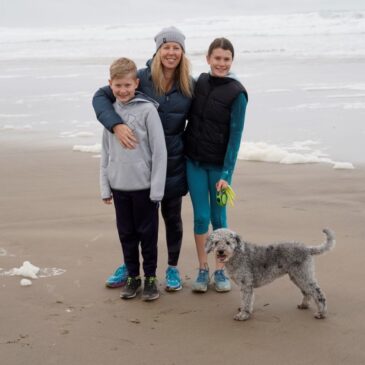
Heather Kapust works with multiple conservation partners as the Grants Manager at Washington State Department of Ecology. She has been a great resource for partners and we are honored to feature her as one of the “Faces of Pacific Birds” – our staff & board, and partners & friends who help get conservation done!
Learn More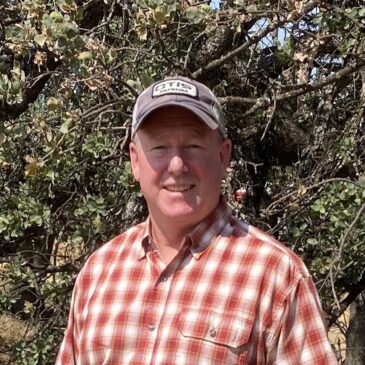
Eric Riley has joined our team as the new Umpqua Oak Partnership Liaison. Eric lives on the iconic North Umpqua River just outside of Glide, Oregon, and has been involved in natural resources work throughout the Umpqua Basin for more than two decades.
Learn More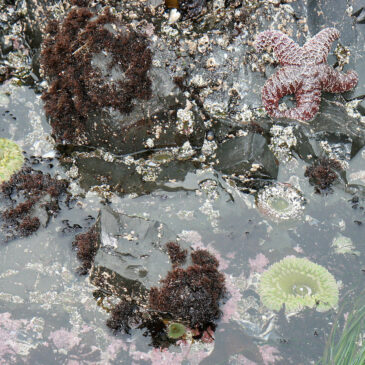
The Pacific Marine & Estuarine Fish Habitat Partnership has released a new report–the State of the Knowledge of U.S. West Coast Nearshore Habitat Use by Fish Assemblages and Select Invertebrates. Along with the associated data products, this is a great resource for conservation partners.
Learn More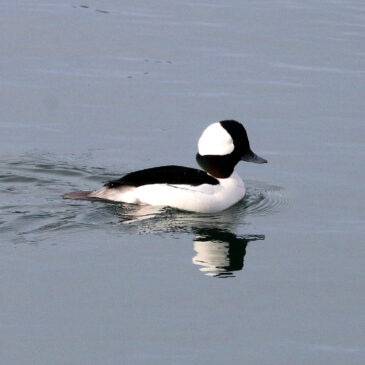
The Oregon Central Coast Estuary Collaborative was recently awarded a significant Oregon Watershed Enhancement Board Focused Investment Partnership grant to restore tidal wetlands in the Alsea and Yaquina estuaries.
Learn More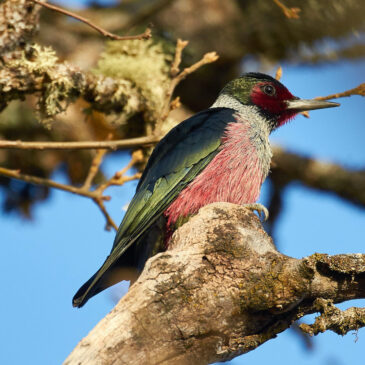
The Oregon Watershed Enhancement Board made a significant investment in oak and prairie this year with two major grant awards to local partnerships.
Learn MoreGet the latest stories and news delivered to your inbox.
U.S. Coordinator: Monica Iglecia
Canada Coordinator: Andrew Huang
(604) 350-1913
General Contact: Info @ Pacific Birds dot org

Bird Habitat Joint Ventures are collaborative partnerships that enhance work in the U.S., Canada, and Mexico to conserve habitat for the benefit of birds, other wildlife, and people. We bring strategic thought to bird conservation.